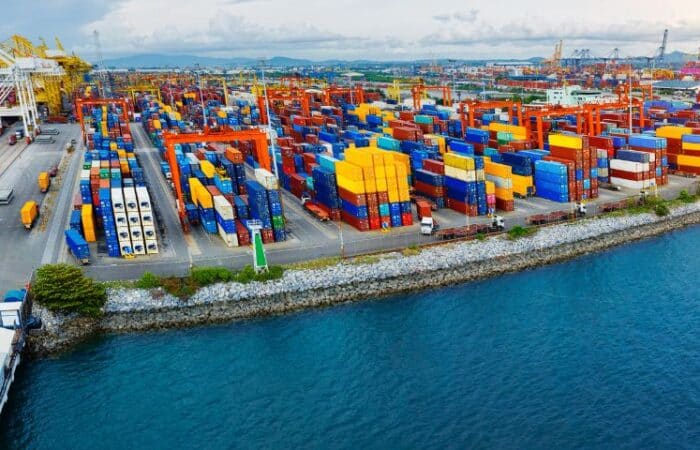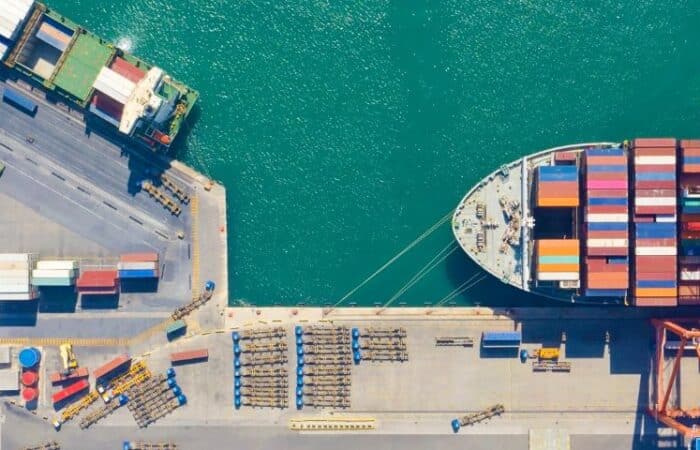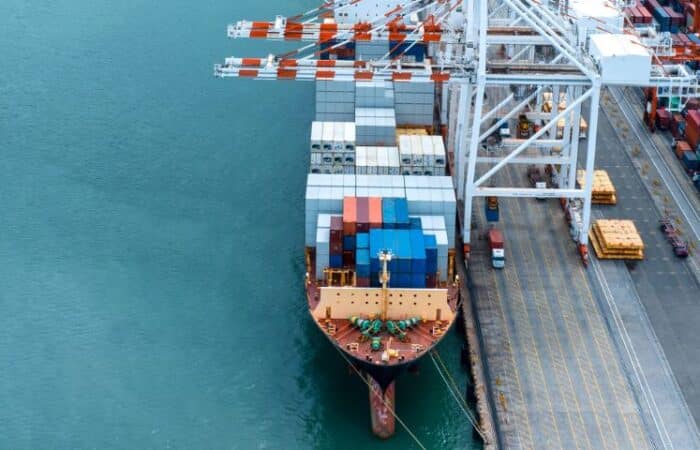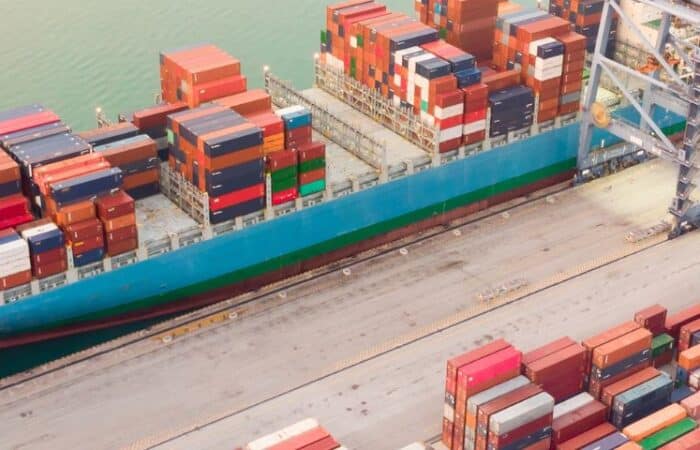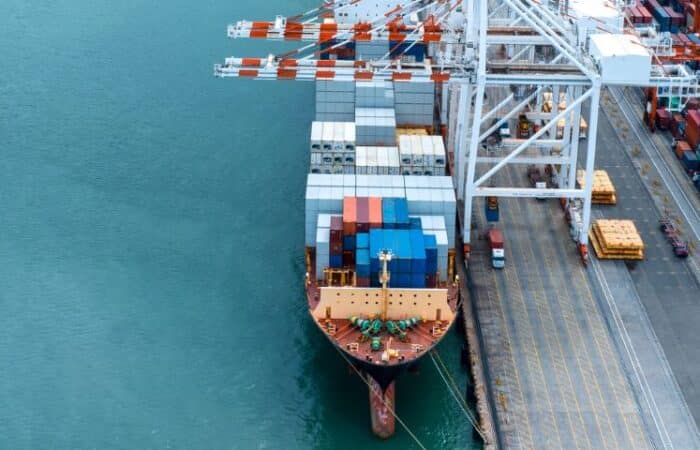Supply Chain Disruptions
What Are Supply Chain Disruptions?
Supply chain disruptions refer to unexpected events or factors that cause a delay in the flow of goods. These disruptions can occur at any stage of the supply chain, from raw material sourcing to delivery of finished products to consumers. Disruptions have a significant impact on the overall efficiency and effectiveness of the supply chain.
Why Do Global Supply Chain Disruptions Occur?
Most supply chains are complex ecosystems that require precision planning by multiple parties around the world. Like every other chain, the supply chain is only as strong as its weakest link. If one phase of the supply chain falls behind schedule, its effect typically reverberates across the supply chain, often leading to delays, missed connections, and unexpected expenses.
What Causes Supply Chain Disruptions?
Supply chain disruptions can occur due to a variety of factors, often intertwining in complex ways. These disruptions can significantly impact the flow of goods and services from suppliers to consumers. Here are some of the primary causes of supply chain disruptions:
- Geopolitical events: wars (such as Russia-Ukraine), political instability (Houthi disruptions and the Red Sea crisis), sanctions, and trade disputes can interrupt supply chains. These events can lead to closures of borders, restrictions on trade, or even the seizure of goods, disrupting the flow of materials and finished products.
- Natural disasters: earthquakes, hurricanes, floods, and snow storms can severely disrupt production facilities, transportation networks, and supply chains. These events can lead to temporary or long-term halts in production and delays in transportation.
- Regulatory changes: new regulations, sanctions, or changes in existing regulations related to trade, environmental standards, and safety can affect supply chain operations. Companies may need to alter processes, packaging, or materials to comply with new laws, leading to delays and increased costs.
- Logistical challenges and transportation disruptions: issues such as port congestion, transportation capacity constraints, fuel price volatility, and infrastructure failures can lead to delays and increased costs in moving goods from suppliers to consumers.
- Demand fluctuations: sudden spikes or drops in demand can lead to supply chain disruptions. Companies may find themselves with excess inventory or, conversely, unable to meet customer demand.
Understanding these causes is crucial for businesses as they develop strategies to mitigate risks and improve their supply chain resilience.
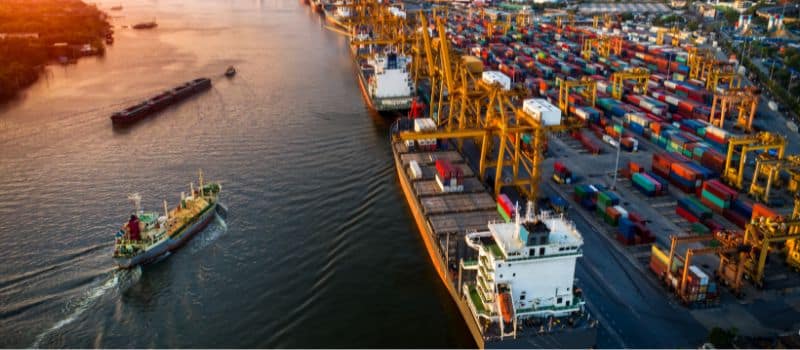
The Effects of Supply Chain Disruptions on Shipping
Supply chain disruptions in shipping can affect the global economy, leaving a significant impact on businesses, consumers, and entire industries. One of the most direct consequences of these disruptions is increased shipping costs. As disruptions create a shortage of available shipping capacity, freight rates soar, leading to higher consumer prices for goods due to the increased transportation costs being passed down the supply chain.
Delayed deliveries emerge as another immediate effect, stemming from port congestion, labor shortages, or logistical challenges. This results in longer lead times for the delivery of goods, affecting the efficiency of global trade. Consequently, inventory shortages become prevalent, affecting retailers and manufacturers who rely on just-in-time inventory management.
The scarcity of raw materials and finished products leads to stockouts, impacting product availability for consumers and disrupting manufacturing processes. Inefficiencies become evident as companies struggle to meet production targets, or are forced to incur increased costs through expedited shipping, or alternative sourcing strategies.
Ports can also often feel the strain of increased pressure due to congestion, exacerbating delays and operational costs for shipping companies and port operators. At the consumer level, the ramifications manifest as higher prices, limited product availability, and longer wait times for goods, potentially altering consumer behavior and demand for certain products.
Businesses involved in or dependent on maritime shipping face a financial toll, with increased costs, reduced efficiency, and potential revenue loss significantly impacting their financial health.
Supply chain disruptions can also drive innovation within the maritime industry, leading to the adoption of new technologies, improved logistics strategies, and more resilient supply chain models. This adaptive response to challenges highlights the industry’s capacity for innovation and the continuous search for efficiency and sustainability in the face of adversity.
Mitigating Global Supply Chain Disruptions
Mitigating global supply chain disruptions requires a strategic, proactive approach to ensure resilience and flexibility in the face of unforeseen challenges. Here are key strategies businesses can employ to navigate and reduce the impact of disruptions:
- Invest in technology: implement advanced supply chain management systems that offer real-time, actionable visibility and predictive analytics. Technologies, such as Maritime AI™, can enhance tracking, forecasting, and risk management capabilities.
- Build strong relationships with suppliers: develop strategic partnerships and maintain open communication with suppliers. This can improve collaboration, increase transparency, and foster mutual support during disruptions.
- Increase inventory buffers: maintain safety stocks of critical components or finished goods to cushion against supply chain disruptions. While this may increase holding costs, it provides a bit of a safety net during supply shortages.
- Monitor global events and trends: stay informed about global events, market trends, and geopolitical developments that could impact the supply chain. Use this information to make informed decisions and anticipate potential disruptions.
- Collaborate with stakeholders: work closely with customers, suppliers, and logistics providers to develop collaborative strategies for managing disruptions. Sharing information and resources can help mitigate the impact of supply chain challenges.
By implementing these strategies, businesses can enhance the resilience of their supply chains against global supply chain disruptions, ensuring continuity of operations and protecting against significant financial losses.















